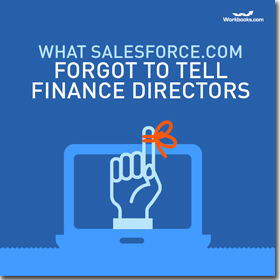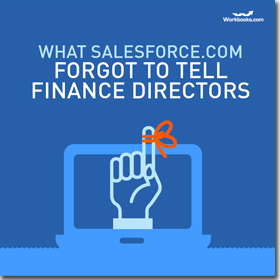Salesforce.com is a market leader which has long been touted as the all-singing, all-dancing solution to every organisation’s CRM problems. But that doesn’t mean it’s the right choice for everybody.
Based on the feedback that former Salesforce customers have given, the key issues seem to be:
-
- It’s not really clear what versions come with what, so some users don’t actually end up with the functionality they thought they were getting. Interestingly, a recent Gartner study found that approximately 55% of all CRM projects fail to meet customers’ expectations; so companies need to make sure that they are choosing the right CRM for their business.
-
- In order to get all the functionality they wanted from Salesforce.com, some users found they had to upgrade and stump up a lot more cash or buy add-on applications from third party suppliers.
-
- You have to implement it yourself or pay a consultancy to do it for you – again, lots more cash required.
-
- You don’t get training included and some people say the system isn’t intuitive and ‘Windows-like’, so it’s harder to learn.
-
- According to some, it doesn’t integrate easily with other systems or provide an easily trackable, joined up sales, marketing, finance and customer services experience. The data you input into the system isn’t producing the reports you need: because the system only gives you a view of a narrow area of the business, not the business as a whole.
Click to view the Flip Book – ‘What Salesforce.com Forgot to Tell Finance Directors’
Although all of the points above are important, its point number 5 that we really feel a CRM system should be delivering on – if it’s not enabling you to manage the whole customer process in one place, then we don’t really think it can be called a CRM system. In many cases, after-sales customer service isn’t enough – from the moment a lead starts to heat up, the relationship should be managed and tracked. Your CRM system should also be able tell you when the customer bought, was invoiced and whether they paid on time.
When making an investment in a new CRM system, it’s vital that the budget holder knows exactly what the cost is going to be. With the right CRM system provider you do. The cost you are given should cover the system functionality that you specify you need, the implementation project and your staff training. It should also be easy to use and to extract management information from and, if you’re an SME, designed with small businesses in mind.
To find out more about how the right CRM system can help keep your business’ cash flowing in the right direction, download our eGuide: ‘The cash collection pain chain’.

